MathMaster: An AI Powered Math-Solver

When it comes to learning, whether it’s math, social studies, language arts, or any other subject matter, we know that learning that topic in school is almost always the best approach. And we also know that having that information delivered by a teacher is over and above the best way to deliver instruction, for a variety of reasons.
But what about when it’s after hours, and the teacher is not available to answer a specific question? Or if the student is tasked with independently solving an extensive equation that includes steps or concepts that they don’t yet fully understand. Maybe there’s one small concept holding them back, but they are too shy to interrupt a busy classroom to re-visit the concept with which they are struggling. Of course, for those who can afford it, tutoring is probably the best option, because as we stated earlier, human based instruction is always ideal. But not everyone has the time or money for tutoring. So, what other options are there?
WorkBC Assistive Technology Services Helps Kelly Get to Work
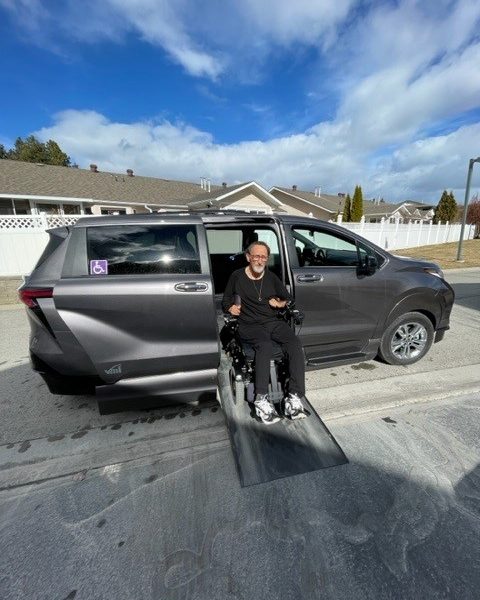
Kelly is a sales manager consultant at a car dealership in the East Kootenay.
“I appraise used vehicles for trade in purposes, wholesale vehicles to brokers, work deals with customers and salespeople. I also manage the sales department and staff issues,” he says.
Kelly is a C4-C5 incomplete quadriplegic and uses a wheelchair.
We Have Solutions! – Episode 14: Accessibility and AI with Nakia Singh
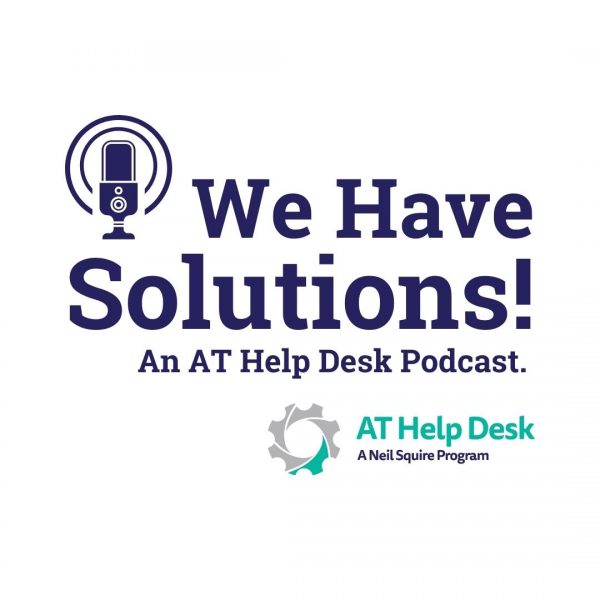
On today’s episode we are joined once again by our accessibility and tech guru, Nakia Singh. Join us as we talk about accessibility hacks for persons with visual impairments, dive into the implications of AI as an accessibility tool, review some in-depth AT case studies, and much more!
“I Feel More Confident Going Into Every Situation”

Marcy works in an administrative role in Prince George.
“My hearing loss impacted many facets of my current work, including communication with clients and co-workers in many situations,” she says. “Factors like having a large office with workspaces spread out, speaking through plexiglass, and equipment limitations have been some of the challenges.”
Marcy needed new hearing aids, but could not afford them. She learned about WorkBC Assistive Technology Services (ATS) during her hearing test, and she decided to apply for funding.
Troubleshooting Tech Tips

Technology not working? Try these steps!
“I Can Hear Everything People Tell Me,” New Hearing Aids a Gamechanger for Joseph
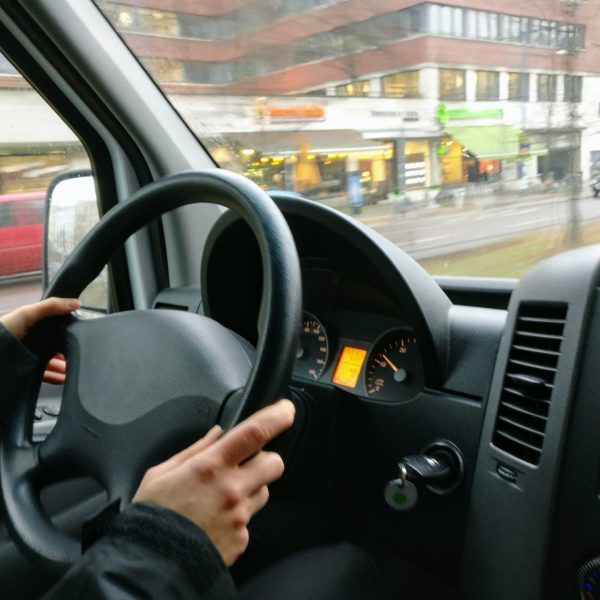
Joseph works as a driver for a retirement home in the Lower Mainland, taking residents to doctors appointments and on bus trips to various locations.
His hearing loss was making it difficult to hear residents and colleagues.
He needed new hearing aids, and his audiologist at NexGen Hearing recommended he apply for funding from WorkBC Assistive Technology Services.
Otsimo Education

Lately, we’ve been noticing that the Special Education category in the App store has been filling up with some pretty incredible learning apps. We’ve already looked at a few of these apps in recent articles (see Starfall and Homer for more), but today we are looking at a learning app specifically designed for children with learning disabilities.
Otsimo is an award-winning special education app available for iOS and Android. And while it is designed for children with autism in mind, it can be helpful for students with a variety of challenges, including ADD/ADHD, Down Syndrome, speech challenges, aphasia, Asperger’s, as well as other learning differences.
“The Impact Was Immediate!” New Hearing Aid Helps Kevin Avoid Workday Fatigue
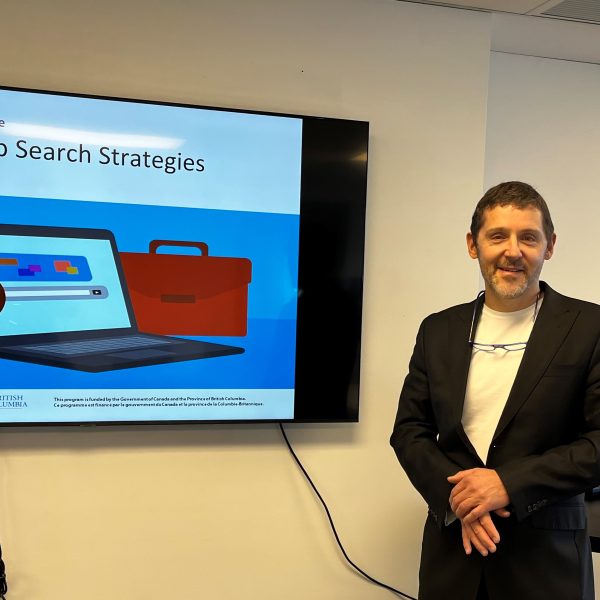
Kevin is a Workshop Facilitator with WorkBC Employment Services in Abbotsford, delivering presentations to clients in both English and French.
“Listening well is a very important part of understanding and communicating well with clients and teammates,” he says.
“After experiencing significant, sudden hearing loss, I really struggled when in a group of three or more participants. Some locations are more difficult than others due to poor acoustics, echo, etc, but I was struggling to catch parts of conversations.
Christianne Shares Her “Sincere Gratitude” to WorkBC Assistive Technology Services

Christianne, who lives in Sandspit, works as a care home aid in long term care facilities and private homes.
She was born with hearing loss in her right ear, and had further hearing loss in her left ear after developing Bell’s Palsy.
Through WorkBC Assistive Technology Services, Christianne received funding for a pair of brand new hearing aids.
“I Wouldn’t Be Able to Work Without Hearing Aids”
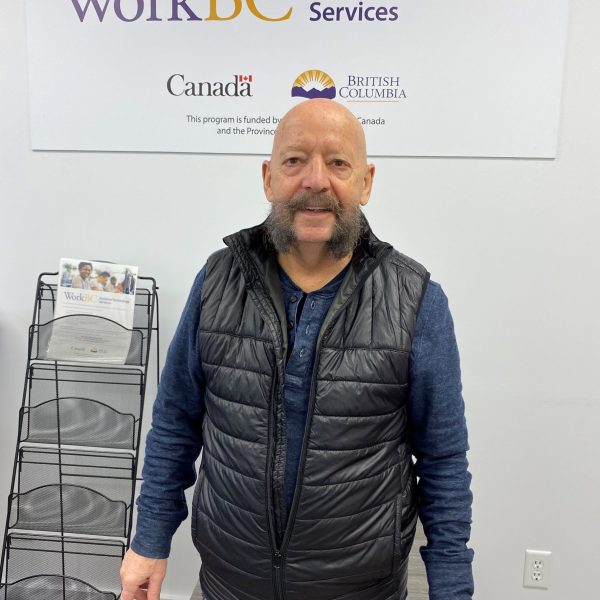
Vinzenz works at a retirement resort in Kelowna as an executive chef, arranging schedules for chefs, planning the menus, and preparing bread, desserts, and main dishes for 150 residents.
He has hearing loss.
He learned about WorkBC Assistive Technology Services from his hearing clinic.



